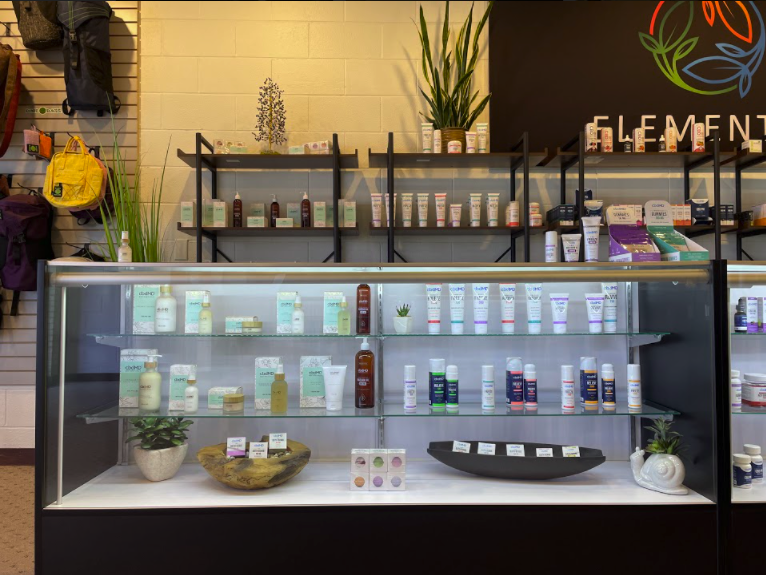At Elemental, our goal is to provide high quality CBD products in an inviting and informative atmosphere. We offer the best CBD products in Rapid City & the Black Hills.
Your Best Source For CBD in Rapid City.
Elemental CBD • 1002 Jackson Blvd.
Rapid City, SD 57702 • (605) 719-5141


